Memory enhancement by ferulic acid ester across species
- PMID: 30417089
- PMCID: PMC6224069
- DOI: 10.1126/sciadv.aat6994
Memory enhancement by ferulic acid ester across species
Abstract
Cognitive impairments can be devastating for quality of life, and thus, preventing or counteracting them is of great value. To this end, the present study exploits the potential of the plant Rhodiola rosea and identifies the constituent ferulic acid eicosyl ester [icosyl-(2E)-3-(4-hydroxy-3-methoxyphenyl)-prop-2-enoate (FAE-20)] as a memory enhancer. We show that food supplementation with dried root material from R. rosea dose-dependently improves odor-taste reward associative memory scores in larval Drosophila and prevents the age-related decline of this appetitive memory in adult flies. Task-relevant sensorimotor faculties remain unaltered. From a parallel approach, a list of candidate compounds has been derived, including R. rosea-derived FAE-20. Here, we show that both R. rosea-derived FAE-20 and synthetic FAE-20 are effective as memory enhancers in larval Drosophila. Synthetic FAE-20 also partially compensates for age-related memory decline in adult flies, as well as genetically induced early-onset loss of memory function in young flies. Furthermore, it increases excitability in mouse hippocampal CA1 neurons, leads to more stable context-shock aversive associative memory in young adult (3-month-old) mice, and increases memory scores in old (>2-year-old) mice. Given these effects, and given the utility of R. rosea-the plant from which we discovered FAE-20-as a memory enhancer, these results may hold potential for clinical applications.
Figures
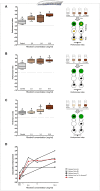


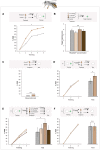
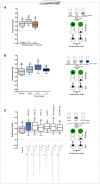
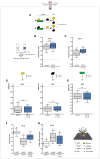
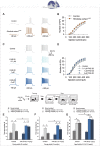
References
-
- Brown R. P., Gerbarg P. L., Ramazanov Z., Rhodiola rosea. A phytomedicinal overview. HerbalGram 56, 40–52 (2002).
-
- C. Linnaeus, Materia medica. Liber I, De plantis (Lars Salvius, 1749), p. 168.
-
- Panossian A., Wikman G., Sarris J., Rosenroot (Rhodiola rosea): Traditional use, chemical composition, pharmacology and clinical efficacy. Phytomedicine 17, 481–493 (2010). - PubMed
-
- European Medicines Agency, Assessment report on Rhodiola rosea L., rhizoma et radix (London, United Kingdom, 2012); www.ema.europa.eu/docs/en_GB/document_library/Herbal_-_HMPC_assessment_r....
-
- National Institutes of Health, Rhodiola (National Center for Complementary and Integrative Health, 2016); https://nccih.nih.gov/health/rhodiola.
Publication types
MeSH terms
Substances
LinkOut - more resources
Full Text Sources
Other Literature Sources
Medical
Molecular Biology Databases
Miscellaneous

